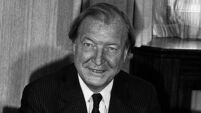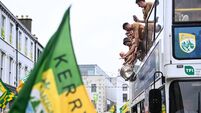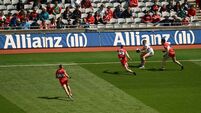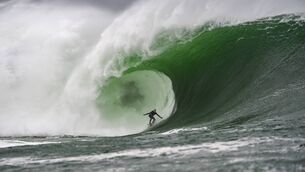It’s time to throw open gates once and for all

It’s long part of football folklore now, how the Corkman spurned Kenny Dalglish after being persuaded by an 11th-hour pitch Alex Ferguson made to him over a game of snooker.
The club’s true guv’nor from Govan had just ended their famine of going the previous 25 years without winning a league title and already he was eyeing further and bigger prizes.












